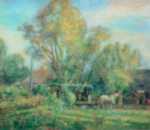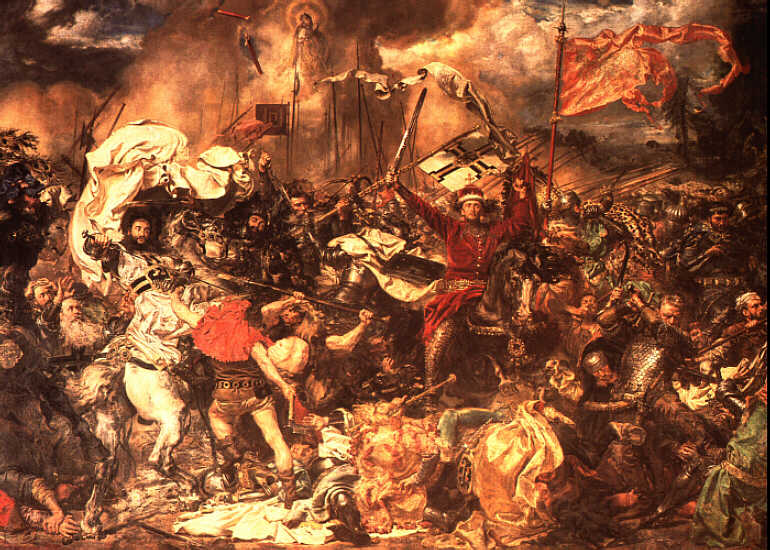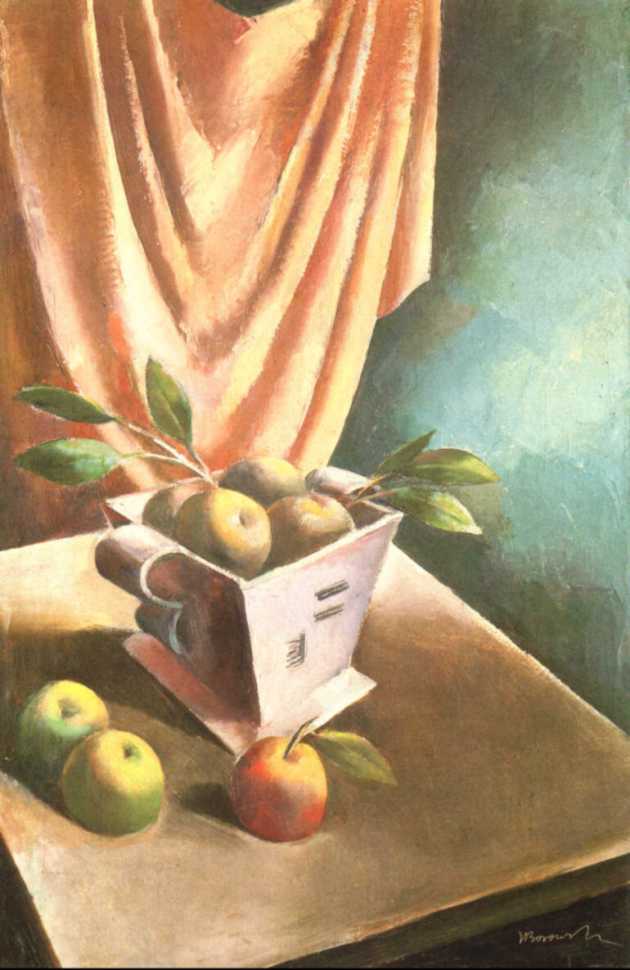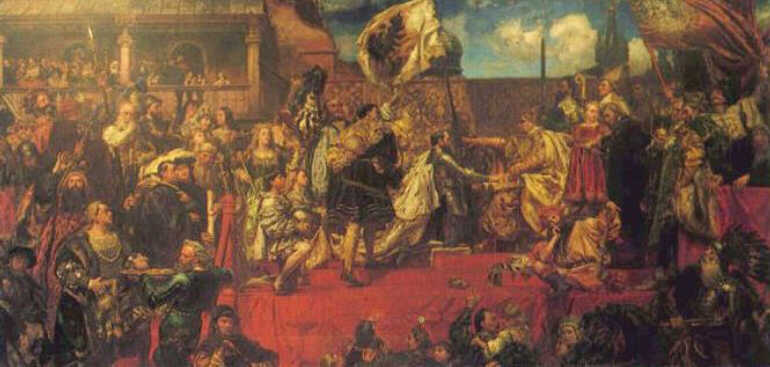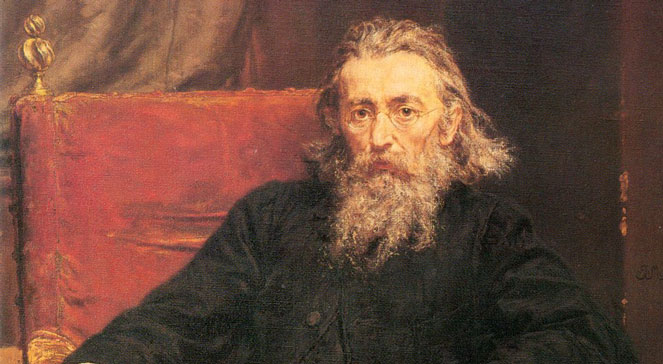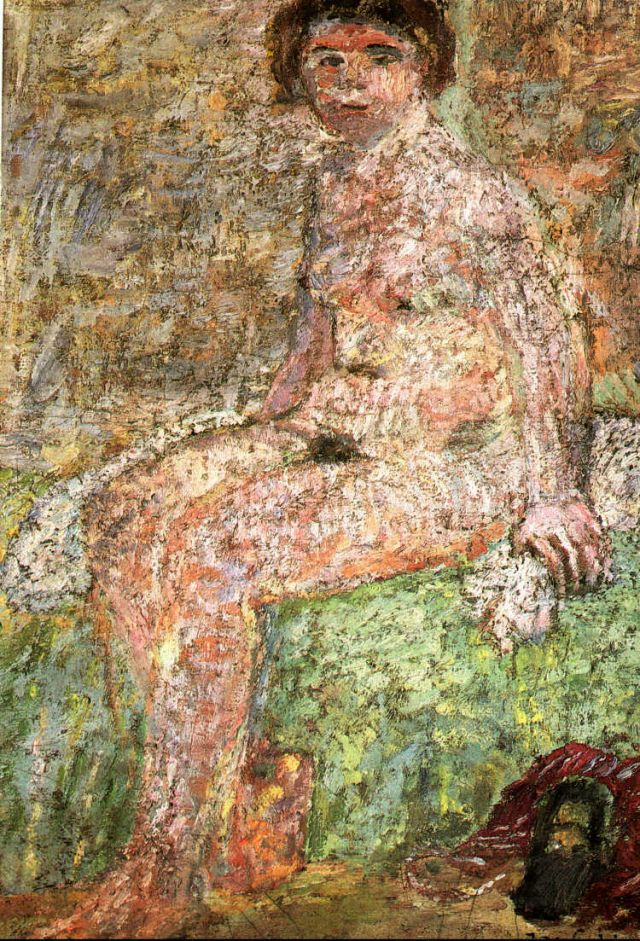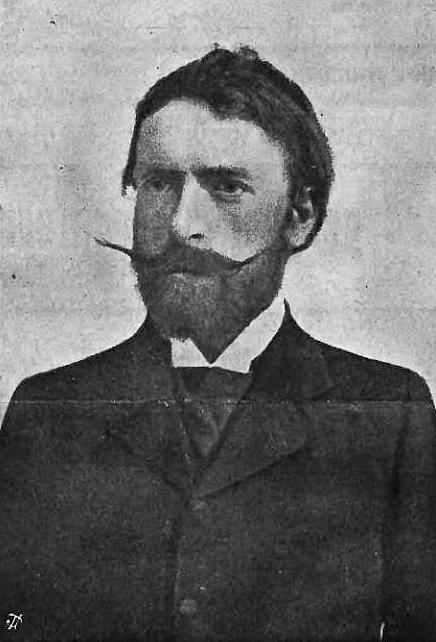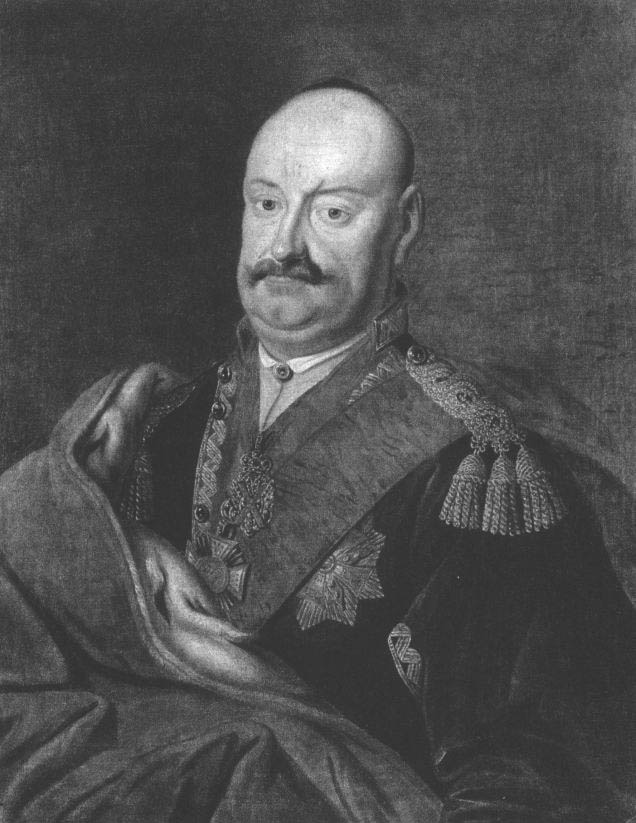Matejko, Jan: Regent
Regent, 1866
oil, canvas, 282 x 487 cm;
National Museum in Warsaw
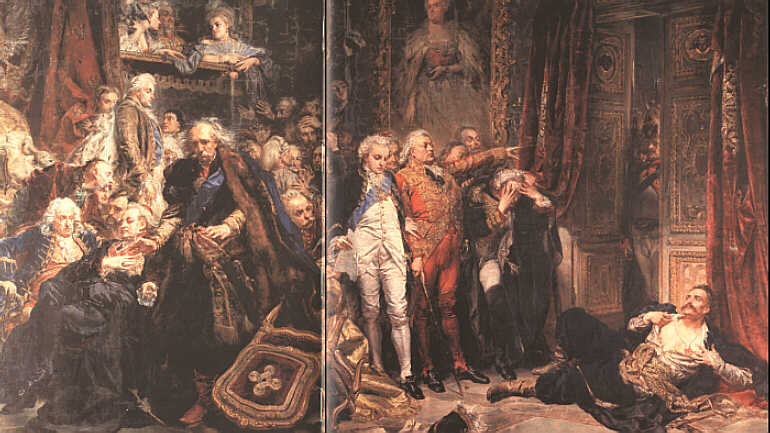
oil, canvas, 282 x 487 cm;
National Museum in Warsaw

The shameful partition system, under which Prussia, Russia and Austria divided part of the Polish lands, was approved by the Polish Sejm gathered at the Warsaw Castle on the day 21 April 1773 year. This tragic situation became the subject of a shocking painting by Jan Matejko, maybe one of the best paintings, what he painted.

We are witnesses of national treason: three Poles – Szczęsny Potocki, Adam Poniński and Ksawery Branicki – heads to the senate room for a humiliating signature. He blocked their way, throwing himself to the ground in front of them, Tadeusz Rejtan, MP from Nowogródek, unsuccessfully trying to stop them.

The rest of the Poles with King Stanisław August, who left his throne with a watch in his hand stands thoughtful and helpless, it huddled tightly in the corner of the room, a ponad nimi, in the box, the Russian ambassador, Riepnin, sat down. The castle hall is in a deplorable condition: the stucco of the door is crushed, torn curtains, broken wall lamps, candles burned out, there is a pile of scattered papers on the floor and an overturned chair. Dropped coin – maybe a Judas silver coin from Pieniński's pocket – swinging ominously on the edge. In the center of the wall, the portrait of Tsarina Catherine II reigns.
Seems, that the painting by Matejko, being a symbolic image of the declining Republic of Poland, is the middle link of the triptych formed outside of it Sermons of Complaints i Forged Poland (1863).
In the first of these pictures, Matejko shows as if it were a result of family conflicts – Zebrzydowski's rebellion – the then-strong state edifice is drawing and cracking, in the second, he presented the deepest national suffering, to which the nation was led by strife and treason, exploited by its enemies.
In the first of these pictures, Matejko shows as if it were a result of family conflicts – Zebrzydowski's rebellion – the then-strong state edifice is drawing and cracking, in the second, he presented the deepest national suffering, to which the nation was led by strife and treason, exploited by its enemies.


